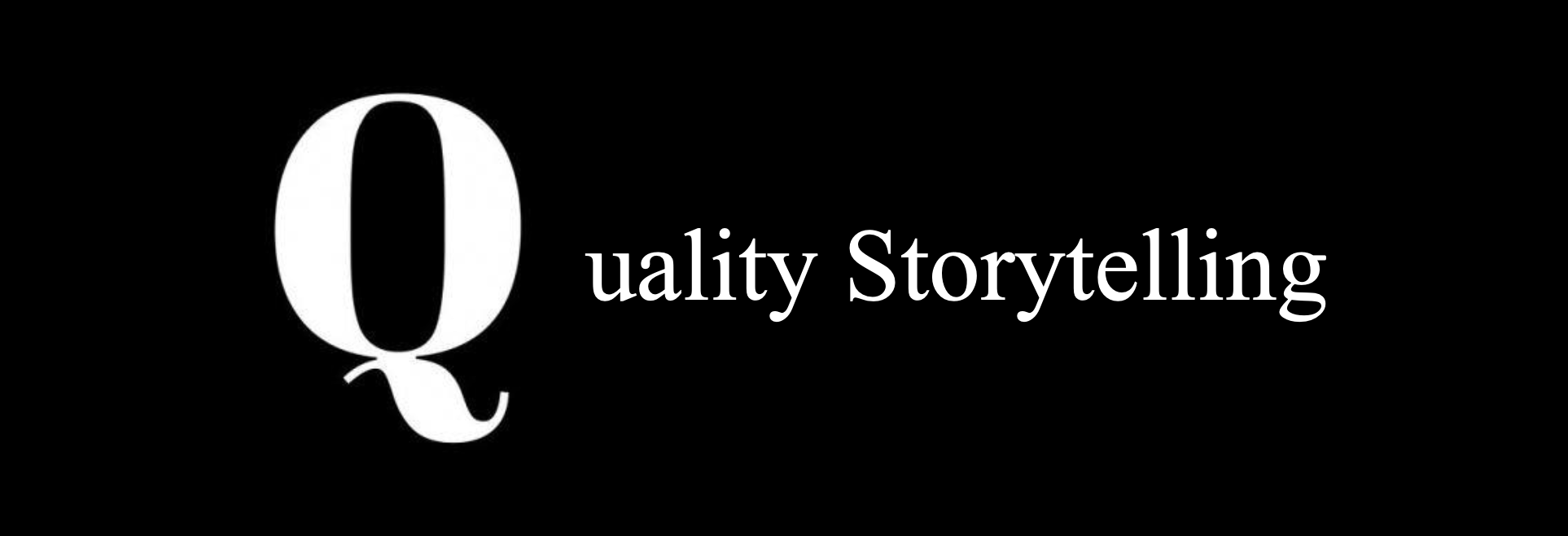Since the Capitol attack on January 6, QAnon has quickly gone from a “fringe movement,” largely ignored or laughed at, to a mainstream crusade that has caused genuine alarm. I recently asked my Facebook friends to share their Kevin Bacon level of separation from a QAnon follower/believer. A majority responded that they now know a friend or family member in this particular tribe. I learned that a first cousin is a follower.
But this post isn’t political. Because when I researched what Q followers believe, I was struck by one thing: Even though the community is awash in loosely-strung-together conspiracy theories, the core QAnon narrative actually follows a classic story structure.
Not to be flippant or reductive, but Q is an effective fiction writer. Sure, his or her posts are falsely marketed as nonfiction, and therefore the QAnon movement is destroying lives, severing precious family connections and threatening democracy itself. But brand managers and entrepreneurs can learn a lot from the storytelling formula. Okay, that is a bit flippant and reductive. Nevertheless:
Paraphrasing descriptions from the BBC and the New York Times (and adding my own spice), this is the fundamental Q narrative:
A highly placed federal government insider (“Q”) is exposing the biggest conspiracy in the history of the planet. Our world is secretly run by an elite cabal of Satan-worshiping pedophiles in government, business and the media. This group includes top Democrats like Hillary Clinton, Barack Obama and George Soros; entertainers and Hollywood celebrities like Oprah Winfrey, Tom Hanks, Ellen DeGeneres; and religious figures including Pope Francis and the Dalai Lama.
To break up this criminal conspiracy, end its control of politics and the media, and bring its members to justice, top military generals recruited Donald Trump to run for president in 2016. Trump has since been waging a secret war against this insidious force. They, in turn, have been plotting against him while operating a global child sex-trafficking ring. In fact, some of them kill and eat their victims in order to extract a life-extending chemical from their blood.
This fight will ultimately lead to a day of reckoning where these prominent people will be arrested and executed. (This was supposed to happen on Inauguration Day. Oops.)
Let’s look at this in pure storytelling terms: We have a reliable narrator (Q, who’s on the inside), plenty at stake (like, “the world”), a righteous protagonist (Trump) recruited by a trustworthy elite (military generals), and one hell of an enemy: a sprawling cabal engaged in the most heinous crimes of all: child sex abuse and cannibalism. We have a classic battle between good and evil, culminating in a specific climax—The Day of Reckoning—on which justice will prevail. We also have a call to action: “Join us on the side of righteousness.”
“QAnon’s basic narrative goes all the way back to Aristotle.”
Whatever you think about the validity of the story, and lord knows I hope you see it as beyond preposterous, you have to acknowledge that its key elements go all the way back to Aristotle. Yes, this kind of storytelling has literally worked for millennia. Yet, when people and brands try to tell their own story, they’re often resistant to the two most critical narrative elements.
- You must position yourself as the hero. You’re not just A person who can solve A problem. You’re THE person who can solve THE problem. In all the value propositions and positioning statements I’ve written over the years, I’ve seen consistent resistance to the phrase, “We are the ONLY company that …” The absolute confidence I hear in the first meeting (“No one can do what we do”) is remarkably watered down weeks or months later when the narrative rubber meets the road (“I’m not sure we can really back that up”). My response: Human beings aren’t interested in stories about “one of many” people who can do something amazing. We only care about the chosen one. There’s only one Superman. One Jesus. One Katniss.
- You must brand the enemy as much as yourself. I’m based in Minnesota, where people are especially sensitive to coming across as “negative” in any way. This is a serious storytelling issue, because as I wrote about in a previous post, stories require binary relationships: good vs. evil. North vs. South. Hatfields vs. McCoys. Mac vs. PC. If you make a solution for clogged gutters, then give the stuff that clogs the gutters a name. (Yes, I’ve actually done this.)
Everyone wants to “tell a story” and “control the narrative.” To do that, you need to embrace yourself as the hero and not be afraid to talk about the enemy—whether that’s a competitor (less effective) or something more abstract (Apple’s war on the status quo, more effective).
For a good lesson in how to do that, look at the Q narrative. Just don’t look too long, and remember that it’s fiction.

